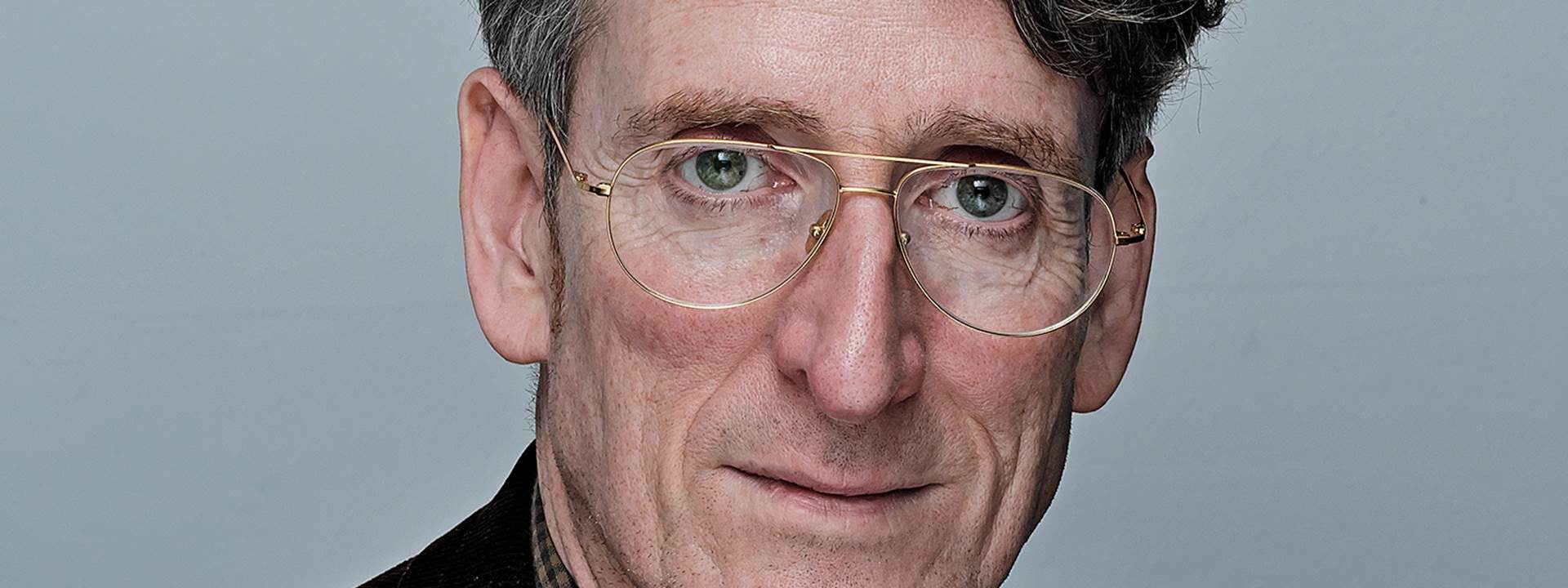Trainspotters of the world unite
news
Agency News
Published by
Charles Vallance
Date
20/04/2020
One of my favourite parts of the working week is getting the overground into the office each morning
Given my locomotive fondness, it's perhaps no coincidence that, from the back of my house, I can see the railway leading to Victoria station three stops up the track near to where I work and, in the other direction, down to Brighton and the south coast.
To me, they are a living symbol of what the recovery will represent when it arrives. This is in part because they will signal the return of my commuting routine, the cup of coffee on platform two at Wandsworth Common station and the occasional skirmish with an over-iced Danish pastry. These little pleasures, these little journeys, will for a while have the feel of an exorbitant luxury that not even Versace, Fabergé or the Medicis could match.
But, I'm afraid, they will in time become utterly prosaic again. In a good way, but nevertheless in a mundane way. Which is why they are not the main part of my current infatuation with the rolling stock of south-west London. Because, for me, these inanimate, rolling objects represent much more than the promise of a return to a familiar and comfortable routine. They represent something far more profound and far more admirable. These are the vehicles of our salvation, the transport for our NHS workers, the freight for our post, our produce and our grain, the carriages for our shelf-stackers, our pharmacists, our building society workers, our teachers, our carers, our network engineers and our warehouse workers.
When I go for my one allocated bout of exercise each day (far more than my pre-Covid-19 strike rate, I might add, although not really meriting a tracksuit), I make a point of hugging the paths nearest the railway down from Bellevue all along Bolingbroke Grove to Clapham Junction, or along Boundaries Road and Chestnut Grove to Bedford Hill and Balham station. Each train I see feels like a blessing. Proof that the people who make our country run and who preserve our health are still going about their business, still showing true grit, still keeping us literally on track.
Of course I realise that south-west London's overground train network is not wholly responsible for the preservation of our way of life. A vast armada of machinery from articulated lorries, tractors, trucks, dustbin lorries, fuel tankers, courier vans, delivery scooters, muck spreaders, Tube trains, police cars, private vehicles, ambulances, post vans, buses etc are all playing their vital part in the mobilisation of the legions of key workers who are keeping our country running. They alone are the people still travelling around our towns and cities to perform their essential roles. Taken together, the vehicles that transport them represent the visible side of an army that has too long remained invisible, hiding in plain sight in the seat next to me on my commute.
So, even though it's not the full picture, I think it's fair enough to view the 8.03 from Balham, or the 9.11 from Battersea, as symbolic of a heroic effort. To see them as rattling, trundling tributes not just to what our key workers are doing for us during the pandemic, but what they will continue to do for us when better times return, just as they did before the virus struck. It has, ironically, taken an invisible enemy to make fully visible what was there all along.


